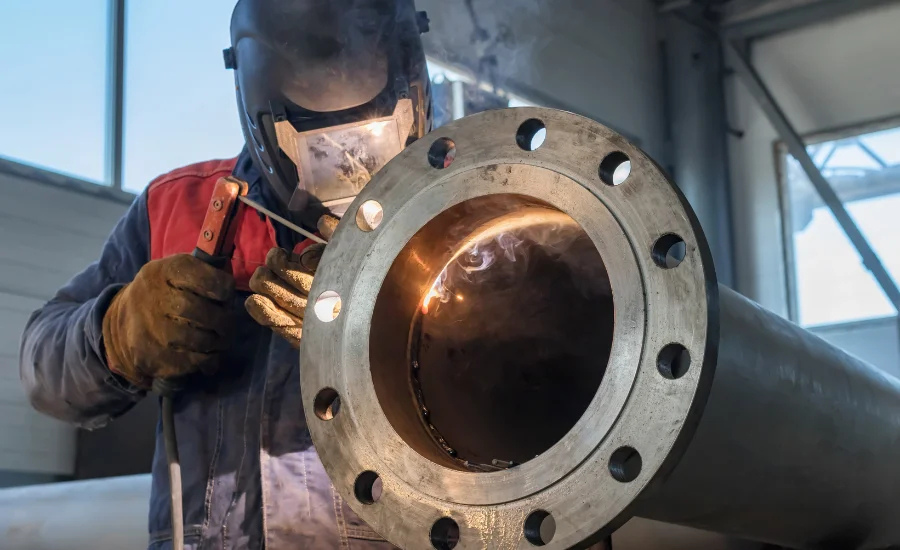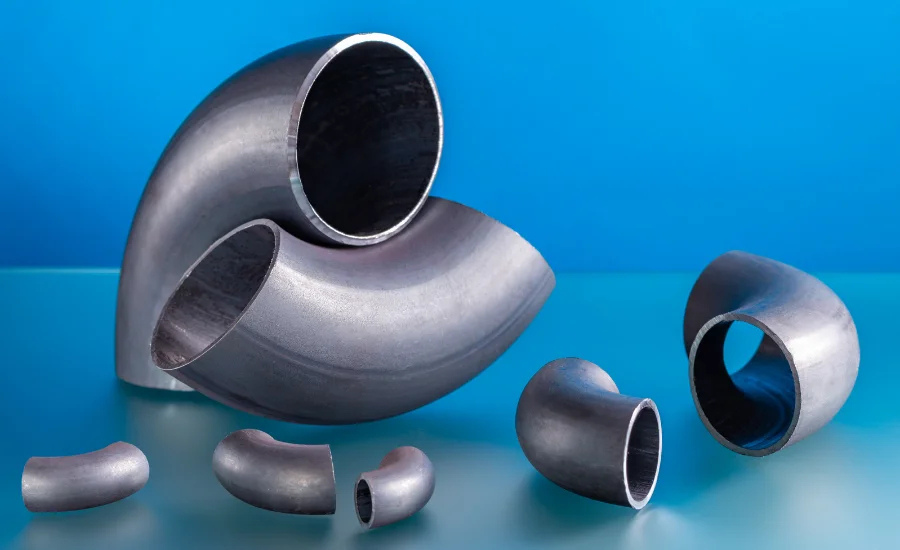5 Critical Factors to Consider When Choosing Buttweld Fittings
When it comes to building a strong and reliable piping system—whether in oil & gas, power plants, petrochemicals, or construction—Buttweld fittings play a pivotal role. These fittings help in changing the direction, branching the flow, or altering pipe diameters while maintaining a smooth flow and structural integrity. However, not all buttweld fittings are created equal. Selecting the right ones can mean the difference between a robust, leak-proof system and one prone to breakdowns, inefficiencies, or safety hazards. To ensure your project stands the test of time, here are five critical factors to consider before choosing buttweld fittings. Material Compatibility The first
Troubleshooting Buttweld Fittings: How to Identify and Fix Common Issues
Buttweld fittings are critical components in high-pressure piping systems, providing a smooth flow path and strong, leak-resistant joints. However, like any precision component, they can sometimes cause or experience issues—ranging from installation problems to long-term performance failures. Knowing how to troubleshoot these issues early can save time, money, and avoid costly shutdowns. Here’s a guide to identifying and fixing common problems associated with buttweld fittings. Misalignment during Installation Problem : Improper alignment between pipe ends and fittings is one of the most common issues in buttweld installations. Even slight misalignment can lead to weak weld joints, stress points, and eventual failure
Material Choices for Buttweld Fittings: Which One is Right for You?
When it comes to piping systems, buttweld fittings play a crucial role in ensuring secure, durable, and efficient connections. These fittings are welded directly to pipes, creating a seamless and strong joint that can withstand high pressure, temperature, and corrosive environments. However, choosing the right material for your buttweld fittings is essential to the success of your application. Let’s explore some of the most common material options and their advantages. 1. Carbon Steel Buttweld Fittings Carbon steel is a popular choice due to its strength, durability, and cost-effectiveness. It is ideal for applications that require high pressure and temperature resistance,
Why Buttweld Fittings Are Essential for Safety in High-Pressure Systems
In industrial and commercial piping systems, safety is paramount, especially when dealing with high-pressure environments. Whether transporting chemicals, gases, or liquids, the integrity of the piping system is critical. Buttweld fittings, known for their durability and reliability, play a vital role in maintaining the safety and efficiency of these systems. Here’s why buttweld fittings are essential for safety in high-pressure systems. What Are Buttweld Fittings? Buttweld fittings are pipe fittings used to connect, divert, or end pipelines in various industrial systems. They are designed to be welded directly onto the pipe ends, creating a smooth, continuous flow that eliminates any
Top 5 Advantages of Using Buttweld Fittings in Industrial Applications
In industrial applications, reliable and durable connections are critical to ensuring the efficiency and safety of piping systems. One of the most widely used solutions for joining pipes is buttweld fittings. These fittings provide a seamless and robust way to connect pipes in various industries, including oil & gas, petrochemical, power generation, and water treatment. In this blog post, we’ll explore the top 5 advantages of using buttweld fittings in industrial applications, demonstrating why they are a preferred choice for many engineers and project managers. Strength and Durability When it comes to industrial piping systems, strength and durability are non-negotiable. Buttweld fittings




